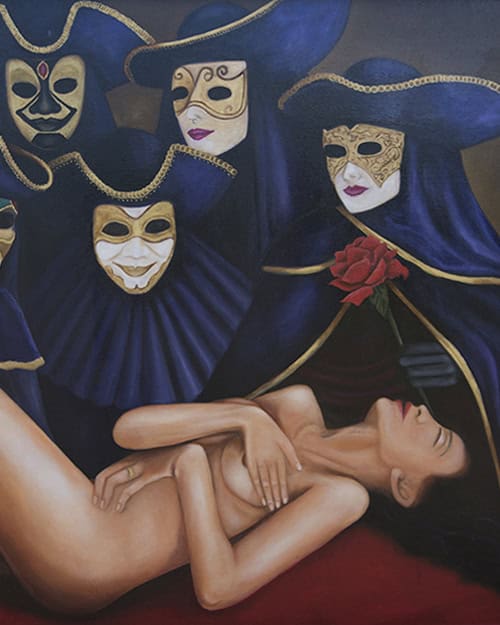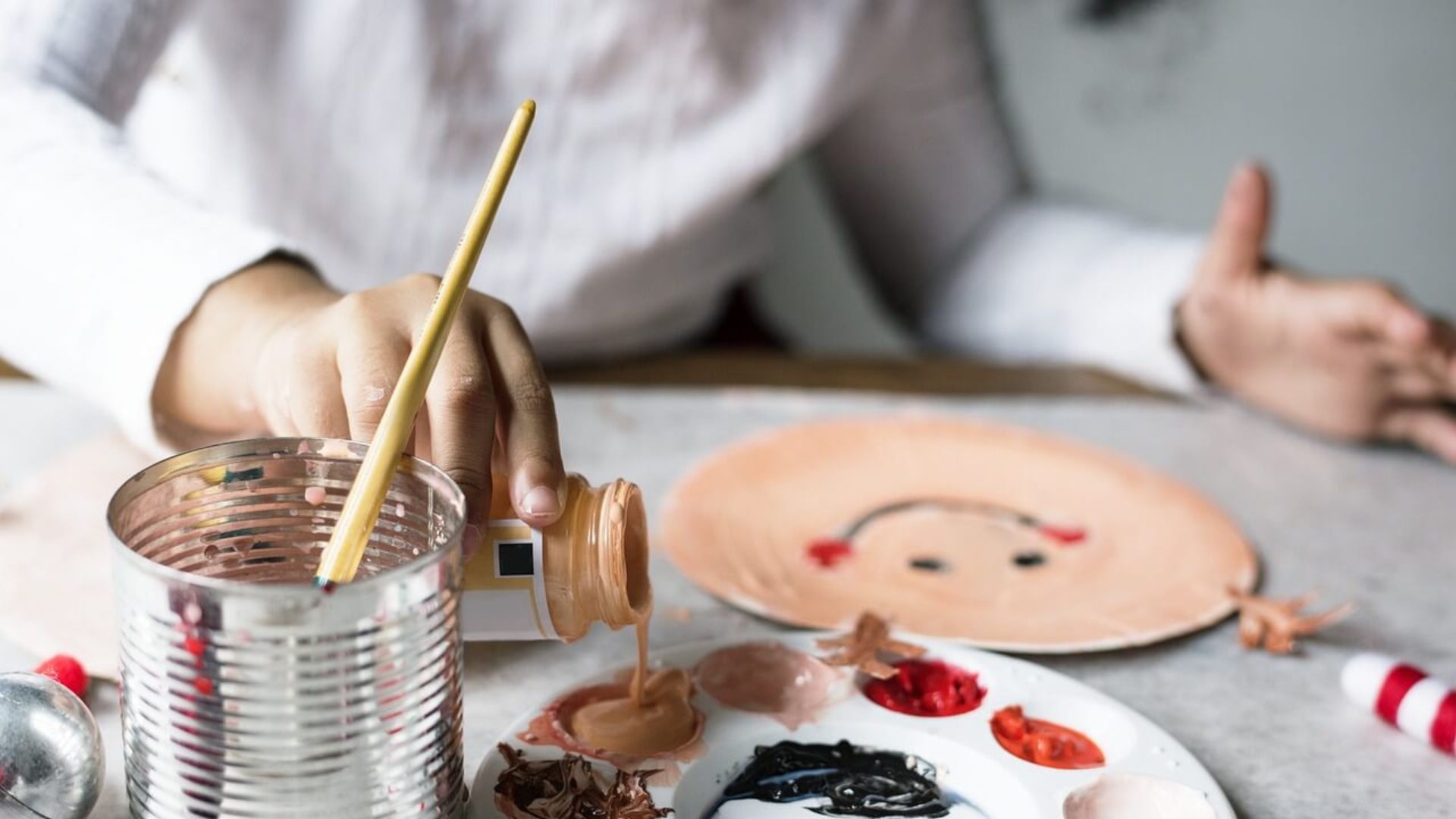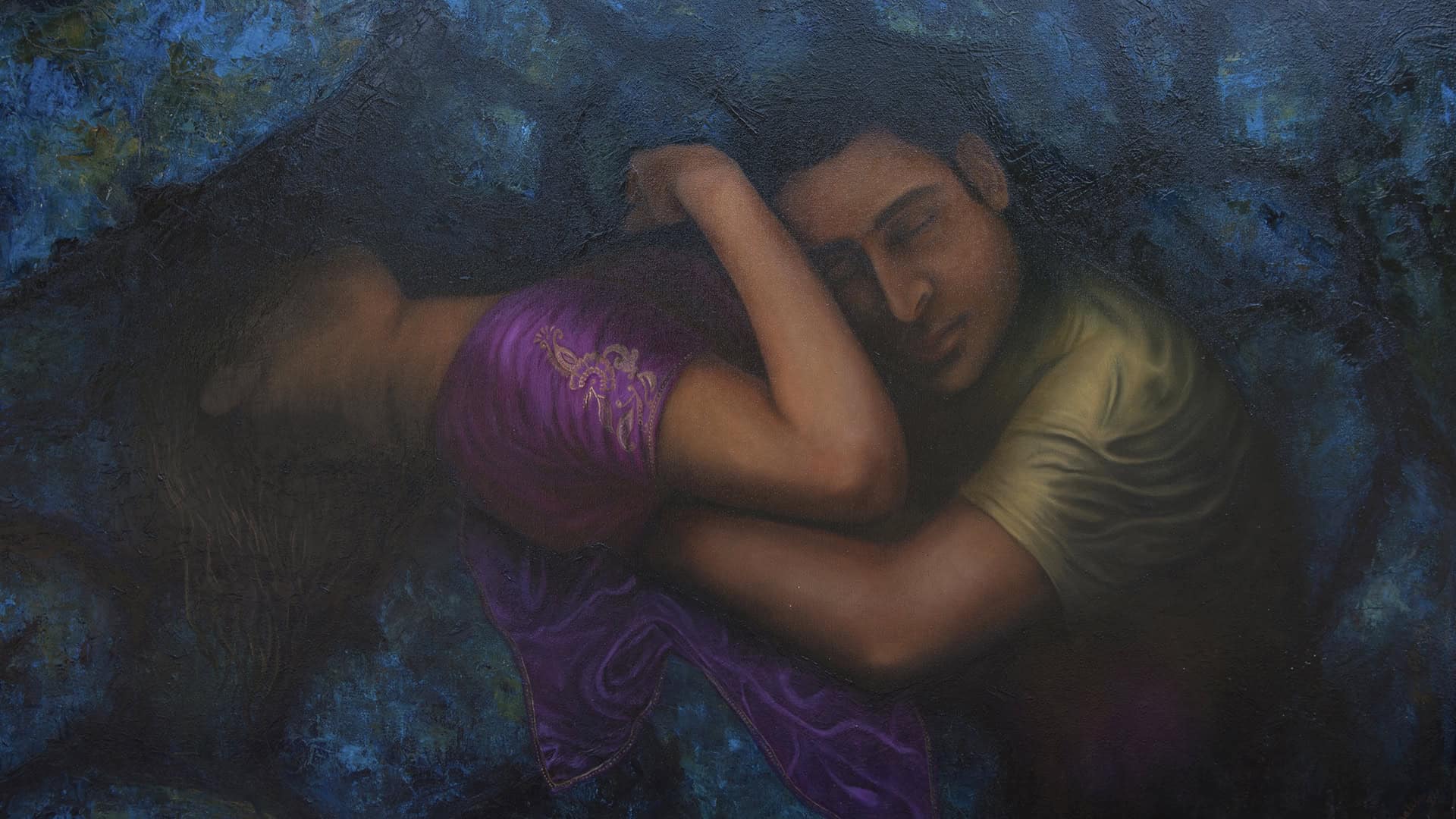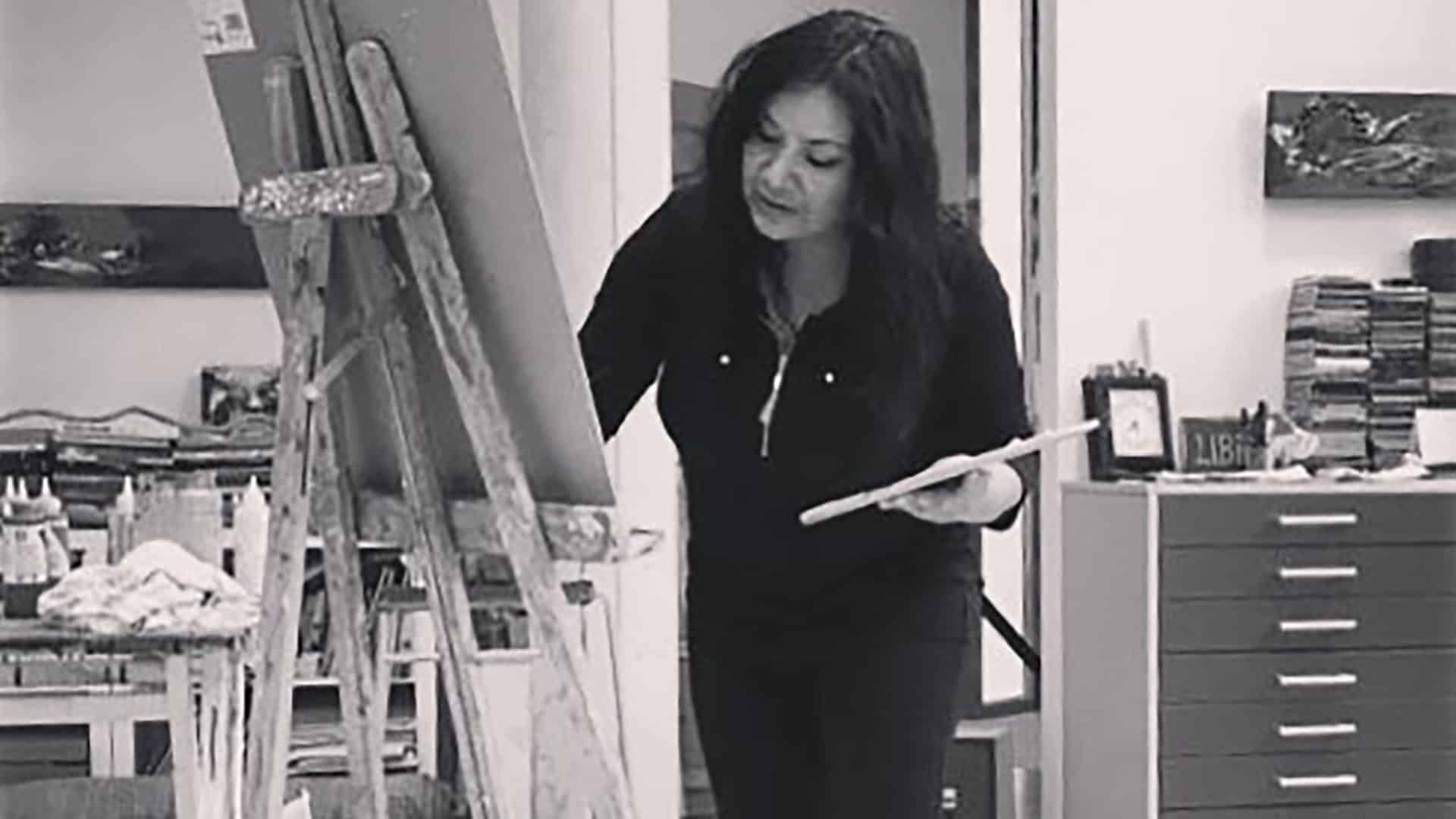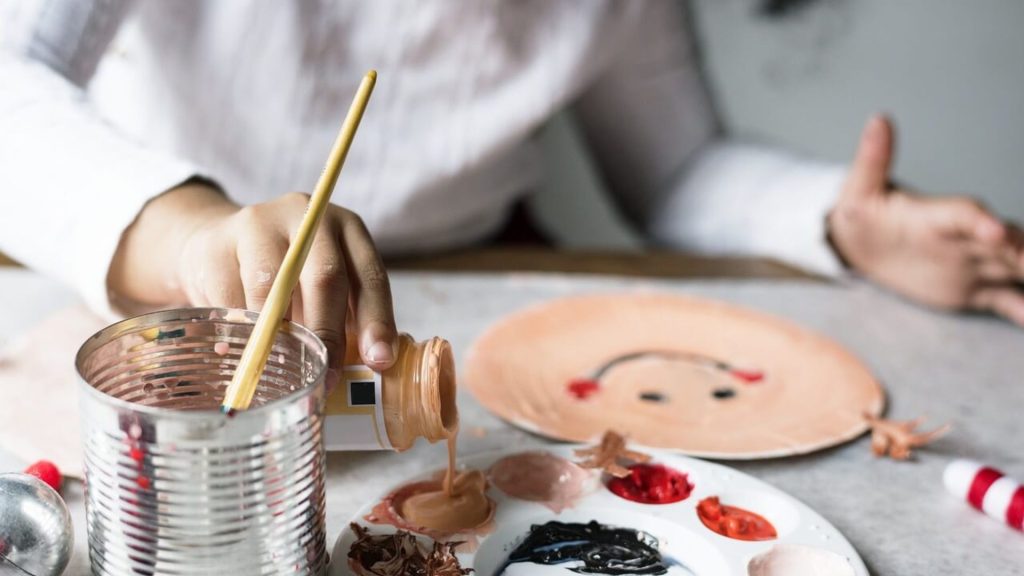
Oil paint is a rich, vibrant medium used by artists for centuries to create stunning, long-lasting artworks. Made by mixing pigments with oils like linseed or walnut, it offers smooth blending, deep colors, and a glossy finish. Its slow drying time allows for layering and detailed work, making it ideal for realism and expressive styles. Techniques like impasto, glazing, and scumbling add depth and texture. Whether on canvas or wood panels, oil paintings remain timeless. From classical masters to modern artists, oil paint continues to be a favorite for its versatility, richness, and ability to bring artistic visions to life.
Oil Painting Techniques for Beginners
Mastering oil painting as a beginner requires practice, patience, and a solid understanding of fundamental techniques. Here’s a step-by-step guide:
Gather Essential Supplies
- Oil Paints: Start with basic colors (red, blue, yellow, white, black, and brown).
- Brushes: Use a variety of round, flat, and fan brushes.
- Canvas/Board: Primed with gesso for better paint adhesion.
- Palette & Knife: For mixing colors smoothly.
- Oil Mediums: Linseed oil, turpentine, or odorless mineral spirits to thin paint.
Learn Basic Techniques
Underpainting: Create a monochrome sketch to define composition and values.
Layering (Fat Over Lean): Apply thin layers first (lean) and build up thicker layers (fat) to prevent cracking.
Blending: Use soft brushes or fingers for smooth transitions.
Dry Brush & Impasto: Apply dry brush strokes for texture; use thick paint for a 3D effect.
Master Color Mixing
Learn the color wheel to mix vibrant shades.
Avoid muddy colors by limiting mixing to two or three colors at a time.
Work with Light & Shadows
Study light sources to create depth.
Use contrasting tones for realism.
Practice Regularly
Start with simple still-life objects.
Experiment with different styles and techniques.
Preserve Your Artwork
Let paintings dry for weeks before varnishing.
Store in a dust-free area to avoid smudging.
Some Common Mistakes in Oil Painting & How to Avoid Them
Not Following “Fat Over Lean” Rule
Mistake: Applying thick, oily layers before thinner ones can cause cracking.
Solution: Always start with thinner layers (lean) and gradually add thicker ones (fat).
Using Too Much Paint Too Soon
Mistake: Applying heavy paint layers early can make corrections difficult.
Solution: Build up layers gradually, starting with light washes.
Overmixing Colors
Mistake: Mixing too many colors results in muddy tones.
Solution: Stick to two or three colors at a time for cleaner mixes.
Not Allowing Paint to Dry Properly
Mistake: Working on wet layers too soon leads to smudging.
Solution: Allow layers to dry before adding new ones.
Using Poor-Quality Brushes or Canvases
Mistake: Cheap materials can affect the final painting.
Solution: Invest in good brushes, primed canvases, and high-quality oil paints.
Ignoring Underpainting
Mistake: Skipping underpainting can lead to weak compositions.
Solution: Create a monochrome sketch to define shapes and values.
Not Cleaning Brushes Properly
Mistake: Letting paint dry on brushes ruins them.
Solution: Clean brushes with turpentine or mineral spirits after each session.
Best Oil Paint Brands for Beginners
Choosing the right oil paint brand can make learning easier. Here are some great beginner-friendly options:
Winsor & Newton Winton Oil Colors
- Affordable and high-quality.
- Good pigmentation and smooth texture.
- Great for students and beginners.
Gamblin 1980 Oil Colors
- High-quality but budget-friendly
- Smooth consistency and easy to mix
- Non-toxic, ideal for beginners
Daler-Rowney Georgian Oil Colors
- Good coverage and bright colors
- Slower drying time for blending
- Affordable and widely available
Blick Artists’ Oil Colors
- Creamy texture for easy application.
- High pigment load for vibrant colors.
- Great for practice and learning.
Reeves Oil Colors
- Very budget-friendly.
- Basic quality, great for experimenting.
- Good for absolute beginners.
Famous Artists Who Used Oil Paints
- Leonardo da Vinci.
- Vincent van Gogh.
- Rembrandt.
- Claude Monet.
- Isabel Zaman.
- Buy Now My Masterpieces from here
